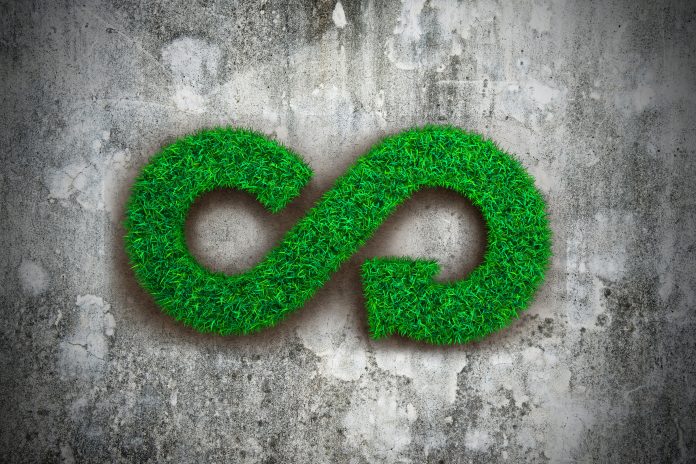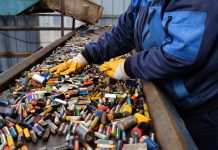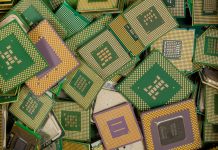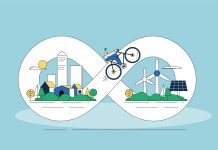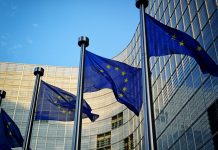The BIORECOVER project is developing biotechnological circular solutions to tackle the supply of some critical raw materials in the EU
According to the European Union (EU), Critical Raw Materials (CRMs) assemble a list of 30 metals, minerals and natural materials which are crucially impacted in economic terms by a high supply risk. CRMs are essential to produce a broad range of goods and applications for several industrial ecosystems.
Rare Earth Elements (REE) and pure magnesium almost entirely rely on imports from China, 98% and 93%, respectively. Moreover, the demand of both CRM comprises strategic and growing sectors, such as renewable energy, high-tech application, automotive, etc. Additionally, the production of REE and Mg from secondary raw materials makes only a marginal contribution to the EU’s demand, being a huge loss of value to its economy. It is capital to unlock unexploited sources of these raw materials to reduce dependency and strengthen diversity and security of supply in the EU.
The main producers of Platinum group metals (PGM) are South Africa (84%) and Russia (40% for palladium), with an absolute reliance of 100%. Although 50% of platinum is recycled, covering more than 25% of the EU’s consumption, the growing demand in applications such as fuel cells and electronic devices makes necessary process development to increase its recyclability. Achieving strategic partnerships with resource-rich countries and working together to ensure maximum yield of these resources is capital, always making use of external policy instruments and respecting its international obligations.
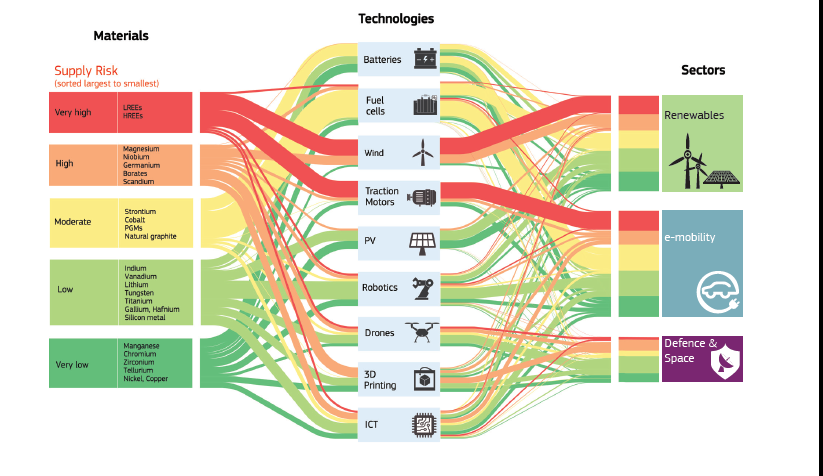
BIORECOVER project, a sustainable circular solution based on biotechnology
Facing these challenges, the BIORECOVER project arises. The core of BIORECOVER is biotechnology for the procurement of a new sustainable and safe process for selective extraction of REE from bauxite residue, Mg from Mg-wastes and calcination by-products, and PGMs, from low-grade minerals and PGM process residues. Thus, high-value CRMs will be obtained from unexploited sources with a circular economy approach.
Biometallurgy is a green and low-cost technology for the extraction of metals using biocatalysts (microorganisms and metabolites). BIORECOVER identifies and characterises new biocatalysts, already present in the raw materials feedstocks, with high metal tolerance, ability to bioleach the target metals and create microbial consortia using “OMICS” approaches.
OMICS is a discipline of science and engineering which analyses biological information entities such as genes, organisms, proteins and the relations among them.
Coupled with this, ground-breaking research concerns the immobilisation of microorganisms onto supports that will preserve the cells alive and metabolically active while also allowing easier control of the bioprocess at a lower cost.
The BIORECOVER approach includes five sustainable technologies to selective bind target metals: (i) selective reusable polymeric microcapsules with ‘almost zero’ extractant consumption for REE recovery, (ii) microalgae as free cells or immobilised onto polyurethane foams for Y, Mg and PGM recovery; (iii) free and immobilised producing siderophores cells for extracting selective of Y and PGM; (iv) fungi with ability to synthesise Mg nanoparticles; and (v) synthetic proteins and peptides that can selectively adsorb the Mg and Pt.
The strategy comprises three main stages:
- Pre-treatment to remove major impurities in the raw materials by specific microbial action to obtain a solid enriched in the aim metals.
- Treatment for selective mobilisation of the target CRM into a bioleachate by the action of microorganisms and/or metabolites.
- Post-treatment to recover the metals from the bioleachate with high selectivity and purity, applying separately and/or in combination with the five technologies mentioned above.
Modelling of the overall process will be carried out to develop a Decision Making Framework (DMF) to maximise the performance with the contribution from Life Cycle Assessment and Life Cycle Cost.
The best performing technologies (one route for each type of raw material) will be optimised and validated, producing samples for end-user testing, assuring product quality requirements for their reuse in the production of catalyst, oxygen sensors, brake pads and Mg nanoparticles.
The end goal is to obtain a versatile and flexible recovery process applicable in several conditions with high recovery yields (≥90%), selectivity (>95%) and purity (≥99%) as well as both environmental and cost efficiency in safe conditions for metals recovery, all of this with Zero Liquid Discharge (ZLD). Thus, the project results will contribute to building the EU raw materials knowledge base (RMIS).
BIORECOVER progress
Primary and secondary raw materials have been physico-chemically characterised by determining concentrations of target metals and undesired interferent components.
The microbial characterisation in samples from the different sources was performed by sequencing of 16S rRNA gene amplicon and isolation based on sample fractionation and pre-enrichment in different culture media. Some trials were carried out with both native isolates and strains from culture collection for interferent and target CRM mobilization. All the recovery technologies have begun to be tested with synthetic mono elemental solutions to determine the recovery rate.
First data are being used for process modelling and LCA & LCC to improve the technical, environmental and economic performance of BIORECOVER stages.
BIORECOVER challenges not only comprise technical advances, but also societal issues, therefore, an awareness campaign in social media about the importance of CRMs was started.
In the coming months, the research will continue, testing the post-treatment technologies with real bioleachates. The next steps comprise the integration, validation and simulation of the most promising technologies. Other key aspects like environmental footprint and economic performance will be thoroughly studied in addition to the production of geopolymers using bauxite residual by-products. Industrial partners will test the reuse of recovered metals in automotive, catalysis and other applications.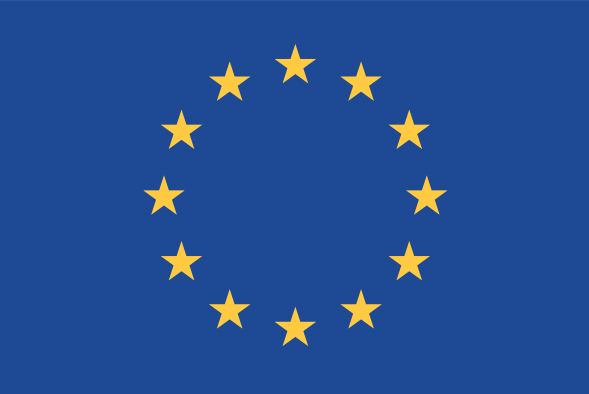
This project has received funding from the European Union’s HORIZON 2020 Research programme under the Grant Agreement no. 821096.
Please note: This is a commercial profile
© 2019. This work is licensed under CC-BY-NC-ND.

